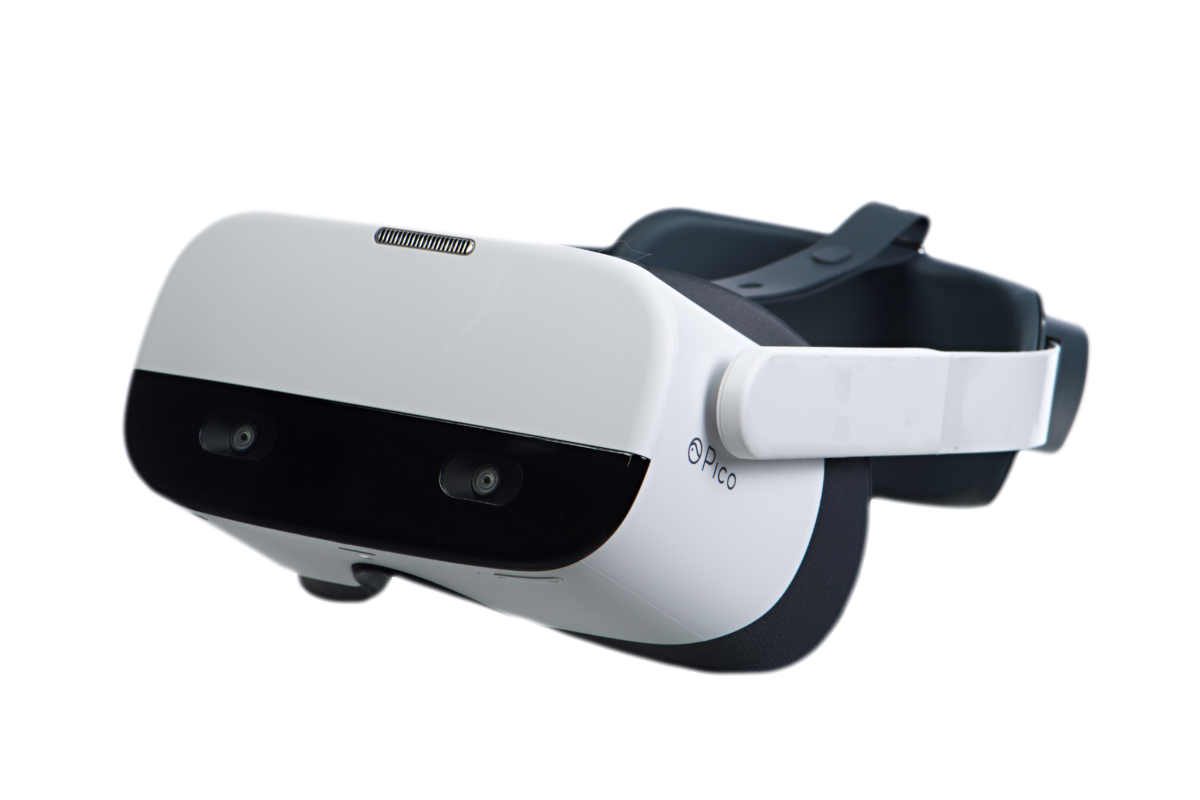Customers often come to PIXO VR with an all-or-nothing mindset when it comes to virtual reality training. However, more often than not we are recommending VR training as complementary, not a “rip and replace” solution to their current program.
That’s why we prepared this handy list of some of the most common places where VR training can improve or enhance your current training program.
[content_block id=21218 slug=learn-more-pixo-vr-training-cta]
Complicated or Hard to Evaluate Skills
Virtual reality, since it’s software, is particularly well suited for gathering and evaluating data associated with complex activities performed in the VR training environment.
If your current training program is required to teach things that are complicated or difficult to evaluate then VR training might be the solution.
Developing assessments that can accurately evaluate a student required to accomplish multiple steps in a precise sequence, or in a dynamic course of actions based on a decision-tree can be nearly impossible. However, computers, and specifically virtual reality software, are very good at measuring and evaluating these kinds of activities.
Similarly, virtual reality software can help construct environments and build-in assessments for scenarios that are difficult to replicate in a traditional training environment. Construction safety training is a good example. It can be tough to replicate a construction job site much less evaluate a trainee thirteen stories high, cutting a steel girder or sitting in a tiny bucket and repairing downed electrical wires.
High Risk or Dangerous Training Scenarios
Often, training programs are forced to avoid critical areas of training because the training scenarios are inherently dangerous. This lack of practice or realism can put your trainees at risk in the real world workplace.
Again, the benefit of virtual reality software is that you can create a photorealistic simulation that puts the trainee in the most extreme and hazardous situations, but with complete safety. What’s more, the advances in current VR training technology will give your students the equivalent experiences of stress, distraction, and urgency that can further complicate these dangerous situations.
Practicing Infrequent, But Important Situations
Many current training programs rely on an extensive amount of on-the-job training. Often, this is some of the most effective and valuable training that a new or transitioning employee can receive. This training format puts them in direct contact with the tasks and challenges they will face on an average day.
But what about those critical moments when they will encounter something that is rare, but not necessarily unknown?
Training and EH&S (environmental health and safety) departments are often full of stories of bizarre or uniquely challenging scenarios that our trainees are likely to encounter eventually, but will probably not have the opportunity to experience or practice in on the job training. Adding to the importance of finding a solution to exposing students and giving them a few practices in a training environment is the fact that, often, these are situations that will require them to do things correctly or someone could get seriously hurt.
Just for example, here are a few industry-specific scenarios to get your mind thinking of similar challenges in your own training programs:
- AEROSPACE: Recovering positive control when a pilot encounters icing during a flight
- UTILITIES: Proper procedures if personnel are caught on a tower when a fast-moving storm system approaches
- MILITARY & FIRST RESPONDERS: Facing a potential “blue-on-blue” (friendly fire) scenario during urban combat operations
Each of these scenarios is unlikely to be experienced during initial on-the-job training, and are not wise to recreate in a real-world simulation. However, each would be easy to generate in a VR training environment that would allow the student or trainee maximum leeway for catastrophic failure — and critically — as many repetitions as they need until they perform the proper actions flawlessly.
[content_block id=21218 slug=learn-more-pixo-vr-training-cta]
Improving Efficiency of Onboarding or Cross-training
One of the most common reasons we neglect proper training is because it is often inefficient to achieve within normal business operations. We either have to try to train large groups quickly or shut down production to turn a functioning workplace into a static training environment.
VR training, especially as the equipment continues to become simpler and more straightforward, can be the easiest and most cost-effective way to give more employees high quality, fully immersive — and interactive — training.
With PIXO VR, not only can your trainees experience photorealistic environments and situations, they can also interact and learn as a team while geographical separated, even by thousands of miles. Our multi-user functionality allows you to train up to dozens of employees in a single environment at the same time. You can also give them the same high quality of training you would with physical, in-person training.
All of this without the loss of productivity and expense of traveling to a training class or shutting down a facility.
Retooling or Updating Procedures
Processes and procedures change. Unfortunately, updates to training manuals and course materials can be expensive and slow to reflect those changes. As a result, many employees still use the protocols and procedures they learned in their initial training — processes that have long since been found to be inefficient, incorrect in some important way, or even dangerous.
If you’re using VR training, the software can be efficiently refactored to roll out new processes the next time a trainee dons their VR headset. Perhaps even more valuable is the ability to actually test new methods and measure their effectiveness or safety before you turn them into standard operating procedures.
Virtual reality training has the power to improve not just the trainee’s performance, but the training itself.
Low Productivity or Poor Performance
Are there areas of your business operations that are consistently experiencing low productivity or poor performance? Are there procedures or goals that employees continually miss?
Virtual reality training is a great way to dig into why these things are happening. By putting experienced employees or supervisors into a virtual reality simulation, you can test and refine these problem areas. Through a series of realistic simulations, you can troubleshoot the most likely real-world pain points. Then, with a hypothesis in hand, you can begin to test alternative processes and approaches to eliminate the bottleneck or remove the risky part of your existing operations.
Solutions worked out in virtual reality can then be incorporated into future VR training and rolled out across real-world operations as new, well-validated procedures.
Lowering the Cost of Expensive Training Programs
One of the best places to start introducing the benefits of VR training is by looking to offset the raw expense of current training processes.
Here are a few great examples of training where VR can create real efficiency:
- Training that requires travel, which can be expensive and a drag on both profitability and productivity
- Training that requires teams or employees in different locations to collaborate
- Training that requires elaborate or custom (read: expensive) training environments
- Training that requires extensive on-the-job training
Each of these examples can use one or more of the unique benefits of VR training that often lower training costs:
- VR training can be done on-site or off-site with minimal specialized equipment
- VR training can connect people thousands of miles apart in a sing
le interactive training environment - VR software can simulate even the most complex and nuanced training environments and situations
- VR training can efficiently run trainees through a full library of common and uncommon scenarios — including disasters or emergencies — to get them up to full speed faster, no matter the challenges they might face
It’s easy for some to get caught up in the high-tech angle of VR training and miss its obvious and highly practical advantages. Think of virtual reality training as just another teaching method. The technology and cost of this method have become so accessible that it’s less about whether you should introduce VR training, but where to use it first.

PIXO Has Improved VR Management to One Easy Step

Photo by Anthony Ginsbrook on Unsplash
